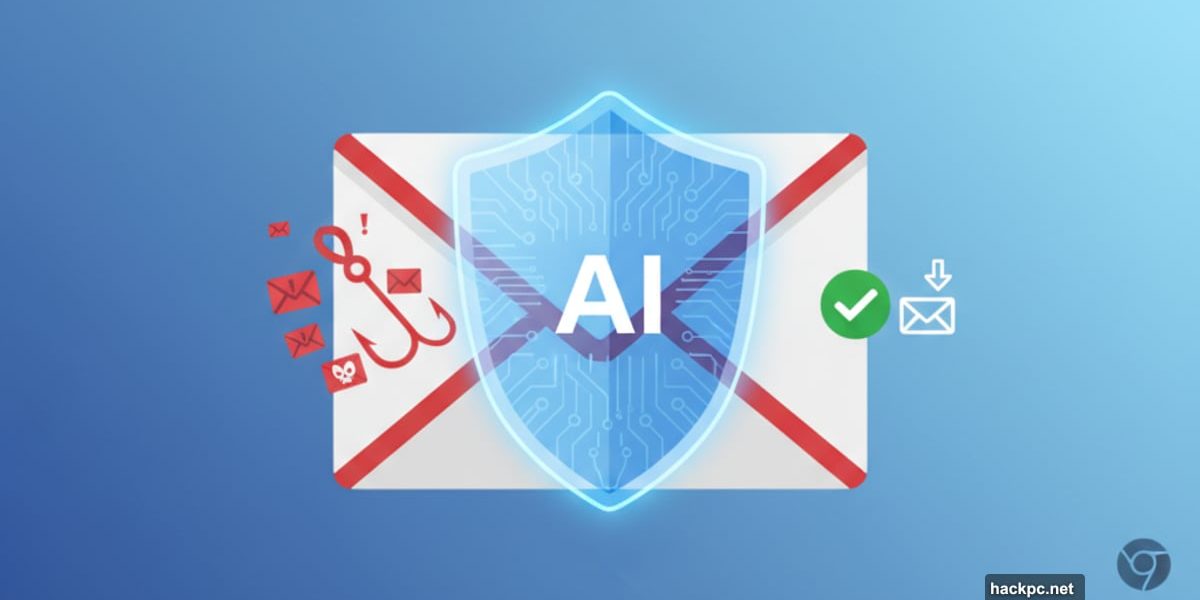
Gmail’s spam filter catches a lot. But sophisticated phishing attacks still slip through. Now Surfshark added an AI tool that spots what Gmail misses.
The VPN company launched a scam email checker for Chrome users. It analyzes emails for manipulation tactics, suspicious sender info, and hidden malware. Plus, it scans every link before you click. Think of it as a second set of eyes reviewing your inbox.
Here’s what makes this different from Gmail’s built-in protection.
AI That Actually Understands Scam Psychology
Most email filters look for obvious red flags. Misspelled words. Weird sender addresses. Known malicious links.
Surfshark’s tool goes deeper. It analyzes psychological manipulation patterns that scammers use. Things like artificial urgency. Authority impersonation. Emotional triggers designed to bypass your critical thinking.
For instance, an email might come from a legitimate-looking domain. The grammar seems perfect. But the AI notices subtle pressure tactics. “Your account will be suspended in 24 hours unless you verify now.” That’s classic scam psychology.
The tool also checks link destinations. A button might say “View Your Invoice” but actually points to a phishing site. The AI catches that mismatch instantly.
Chrome Extension Makes It Dead Simple
You don’t need technical knowledge to use this. If you have a Surfshark One or One Plus subscription, just install their Chrome extension.
Then enable the email checker in settings. That’s it. From that moment, suspicious emails show a blue “Check Email” button. Click it and wait a few seconds while the AI does its work.
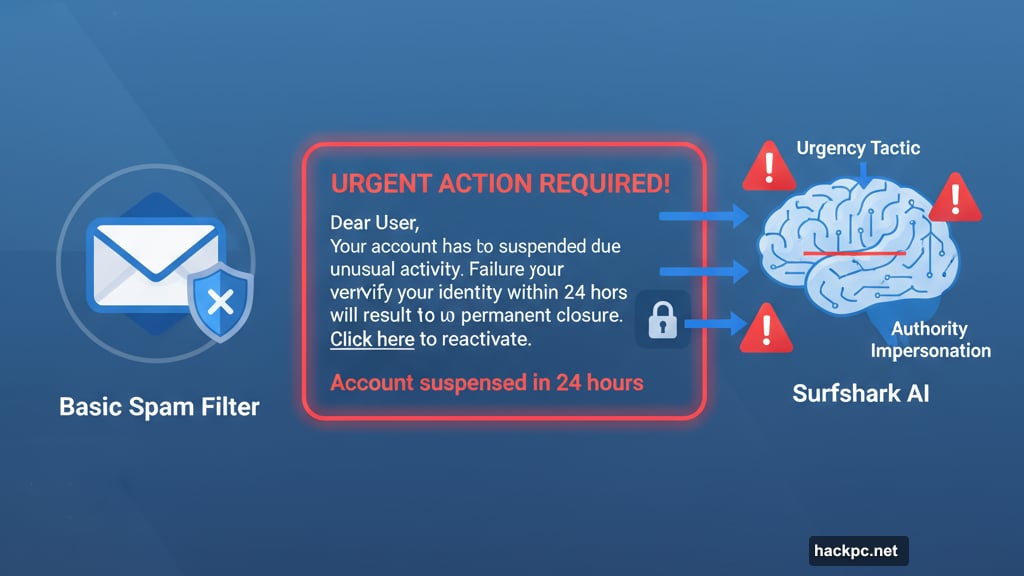
The analysis happens fast. Usually under five seconds. You get a clear verdict: safe or suspicious. No confusing technical jargon. Just a straightforward answer about whether you should trust that email.
However, this only works in Chrome and only with Gmail. So if you use Firefox or Outlook, you’re out of luck for now. Surfshark hasn’t announced plans to expand beyond Chrome yet.
Privacy Gets Tricky With AI Analysis
Here’s the catch. The AI needs to read your emails to analyze them. That means sending email content to Surfshark’s servers temporarily.
Surfshark says they delete this data immediately after analysis. Nothing gets stored permanently. Nothing gets used for AI training. They claim the data never leaves their internal systems.
But you’re still trusting a third party with your email content. That’s worth considering, especially for work emails or sensitive personal messages. The privacy-security tradeoff exists whether Surfshark acknowledges it or not.
Moreover, the tool requires constant internet connectivity. If Surfshark’s servers go down, the checker stops working. You’re back to relying solely on Gmail’s built-in protection.
Bundle Subscribers Get It Free
This feature comes included with Surfshark One and One Plus subscriptions. Those bundles currently cost $59 for 27 months. That breaks down to about $2.18 per month.
The bundles include more than just the VPN. You also get an antivirus scanner. A data breach alert system. Ad blocking. And now this email checker.
Plus, Surfshark allows unlimited device connections. So one subscription covers your entire household. Your family members can use the email checker too, assuming they use Chrome and Gmail.
That’s solid value compared to buying separate tools for each security feature. But remember, you need to commit to a multi-year subscription to get that pricing. Monthly plans cost significantly more.
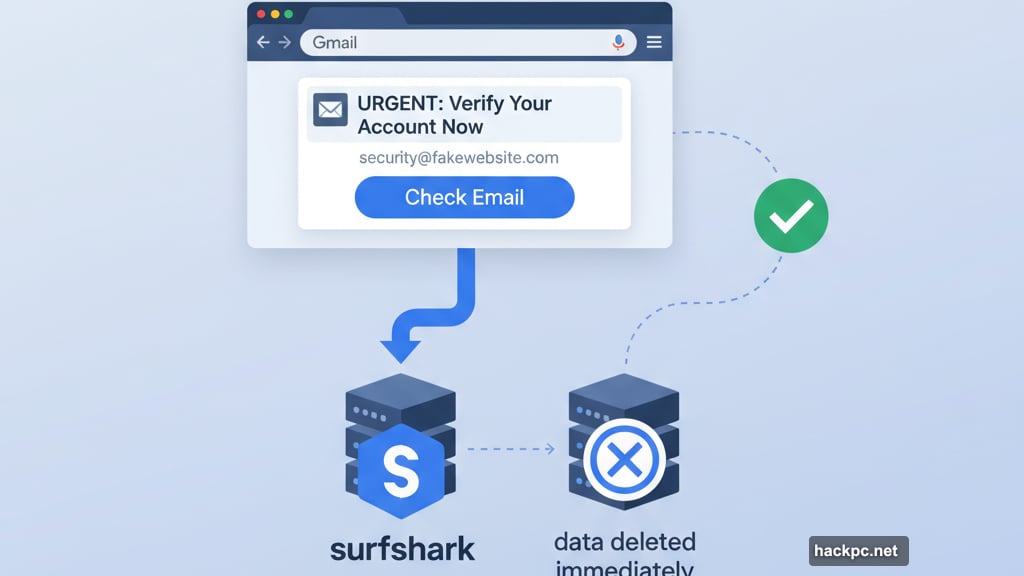
Real Protection or Security Theater?
AI scam detection sounds impressive. But does it actually work better than what Gmail already provides?
Gmail’s spam filter already uses machine learning. It analyzes billions of emails daily. It catches most phishing attempts before they reach your inbox. So the question becomes: how much better is Surfshark’s tool?
The company hasn’t published independent testing results yet. We don’t know the false positive rate. Or how many sophisticated scams it actually catches compared to Gmail alone.
Still, having a second analysis layer doesn’t hurt. Especially since scammers constantly evolve their tactics. An AI trained specifically on manipulation psychology might catch what Gmail’s general-purpose filter misses.
Think of it like having two security guards instead of one. Sure, one guard catches most threats. But the second guard might spot something the first one missed.
Manual Checking Remains Essential
No AI tool catches everything. Scammers will always find new tricks faster than AI can learn them.
So the best defense stays the same. Think critically before clicking anything. Check sender addresses carefully. Hover over links to see where they actually go. Question urgent requests for personal information or money.
The Surfshark tool adds helpful automation. But it shouldn’t replace your own judgment. Use it as backup, not as your only defense. When something feels wrong, trust your instincts even if the AI says it’s safe.
Because ultimately, the weakest link in email security isn’t technology. It’s human psychology. Scammers know that. They craft messages designed to make you act without thinking. The only real solution is staying skeptical and alert.
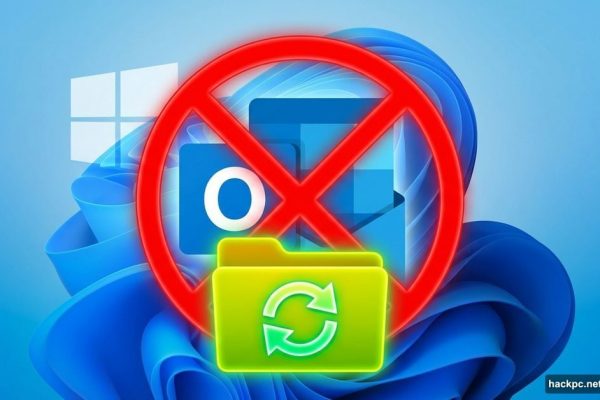
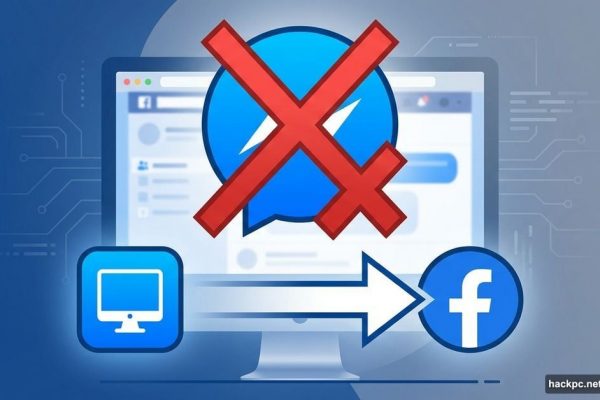
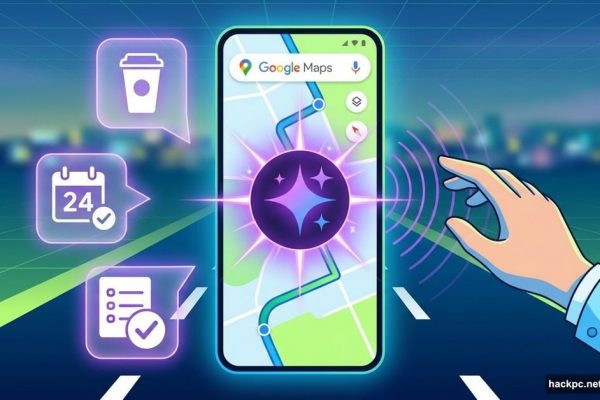
Comments (0)